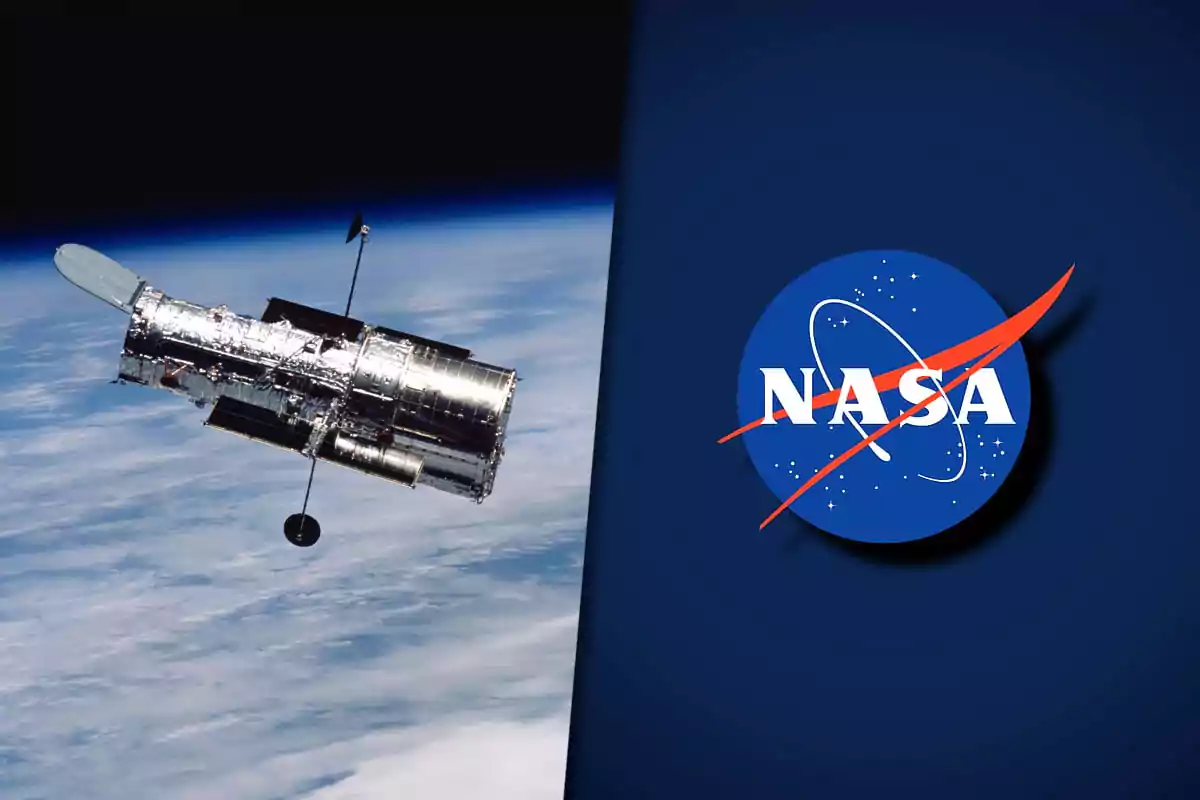
35 years after its first image: how Hubble forever changed astronomy
35 years after its first image, the Hubble Telescope remains relevant and has forever changed the history of astronomy
35 years ago, the Hubble space telescope sent its first image from space and marked a turning point in history.
Since then, its discoveries and visual records have transformed the way we understand the universe.
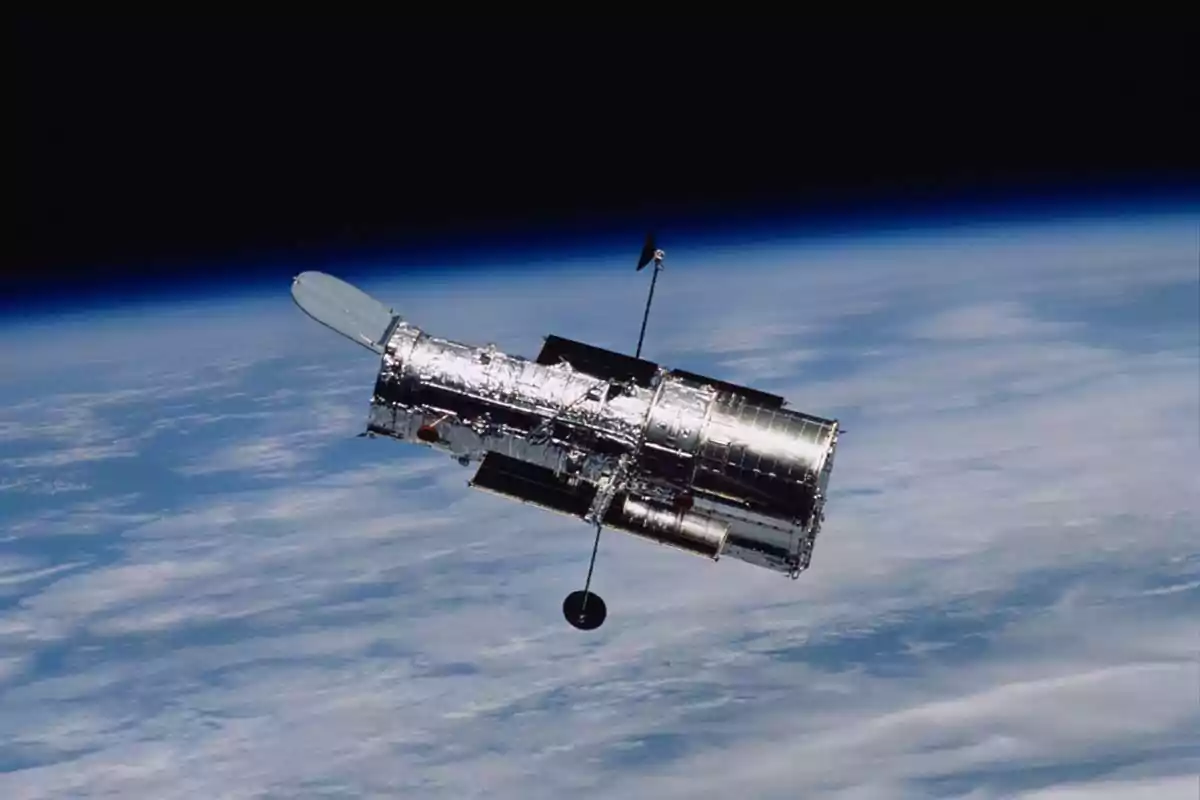
When was the Hubble telescope launched?
The Hubble Space Telescope was launched on April 24, 1990 by NASA and the European Space Agency (ESA), on mission STS-31.
Its name honors astronomer Edwin Hubble, a pioneer in showing that the universe is expanding.
What was the first image it sent from space?
On May 20, 1990, Hubble sent its first photograph from space. It was a distant spiral galaxy, captured with unprecedented detail.
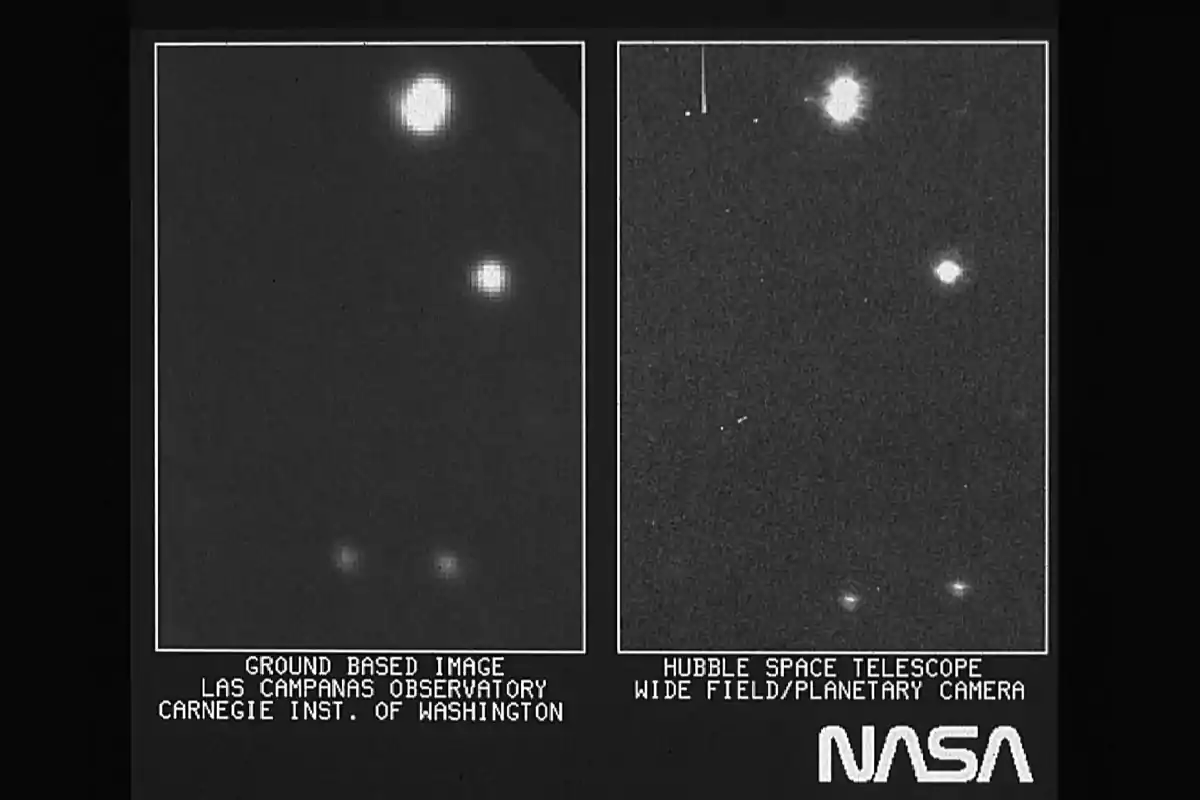
The image revealed never-before-seen structures and opened a new era for modern astronomy.
What is special about Hubble?
This telescope allows observation of the universe in ultraviolet and infrared light, in addition to the visible spectrum. In more than three decades, it has caused over 1,600,000 images and led to thousands of discoveries.
A mission that exceeded all expectations
It was thought that Hubble would operate for about 10 years, but it remains operational 35 years later.
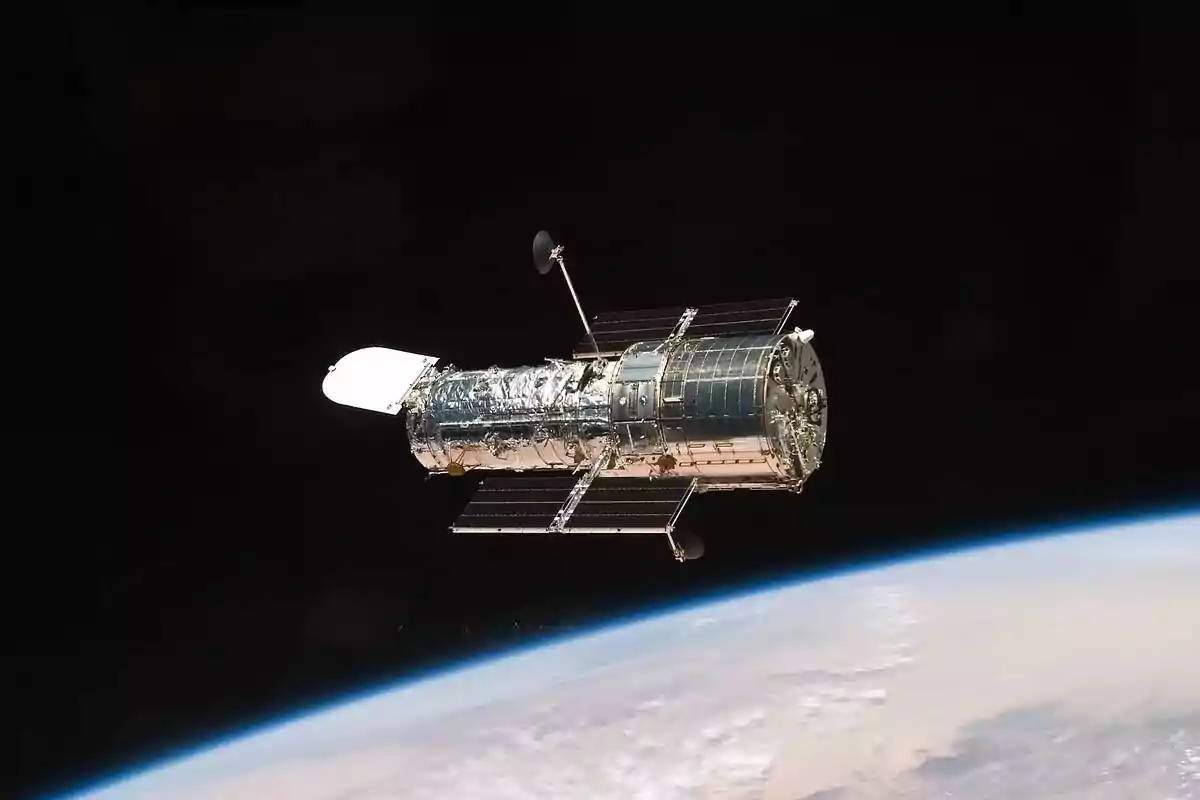
NASA highlights that, thanks to astronaut maintenance and ground work, the telescope continues to function with great precision.
What is the Hubble Deep Field?
In 1995, Hubble captured one of the most famous images in history: the Hubble Deep Field.
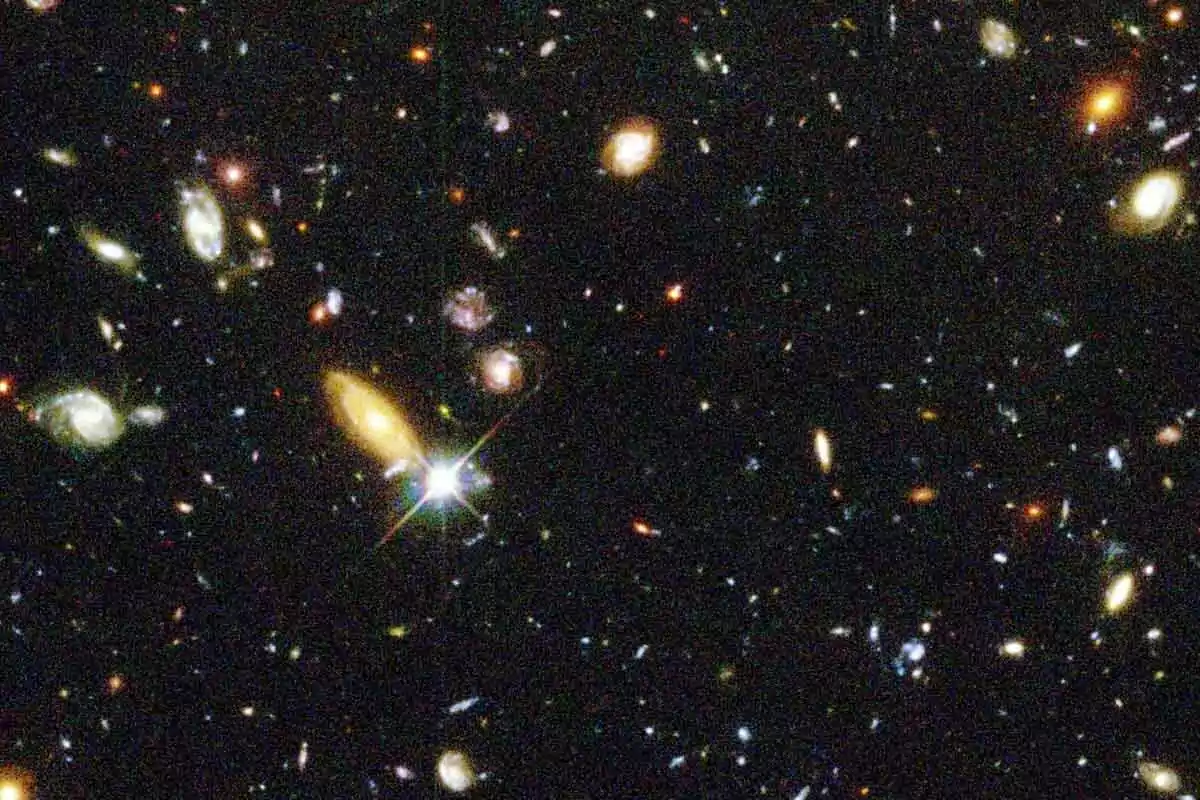
In that shot, about 3,000 galaxies appear, some over 10 billion years old.
What is Hubble discovering today?
NASA continues to share two or three discoveries per week. On May 16, Hubble captured “cotton candy clouds.”
Days earlier, it recorded “young stars in a spiral galaxy.” Its images never cease to amaze.
More posts: